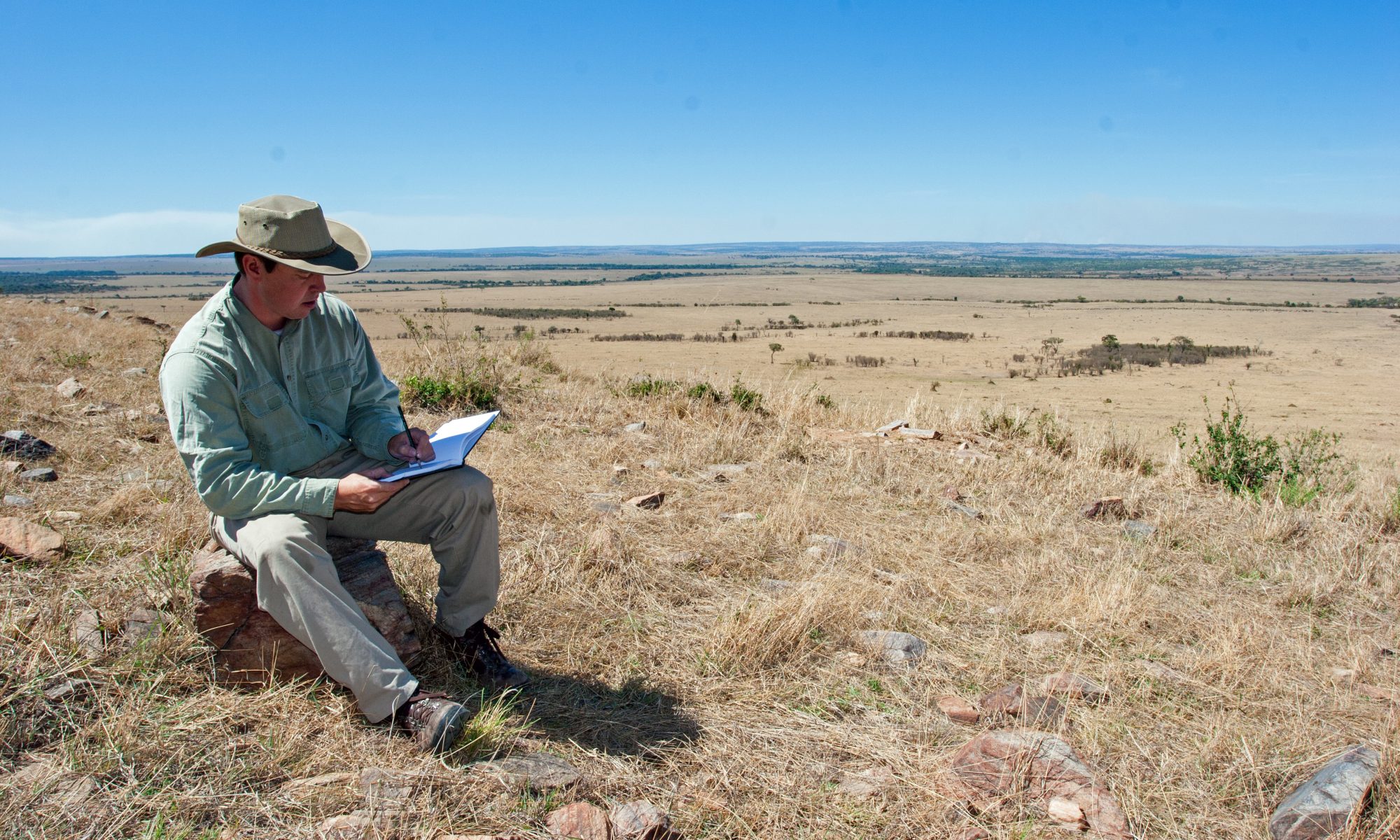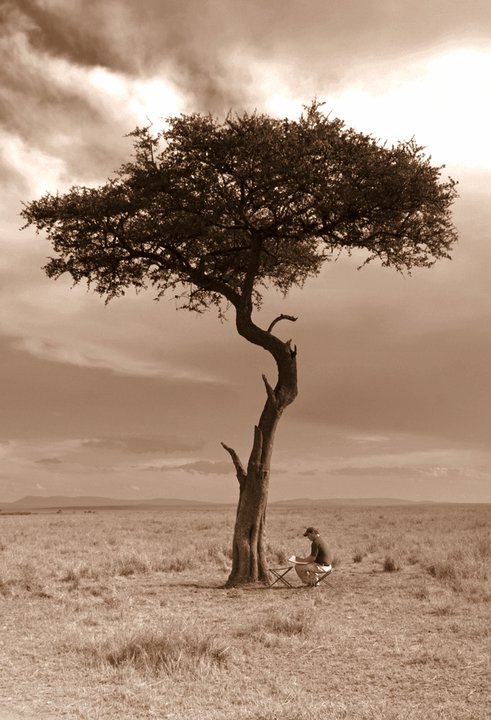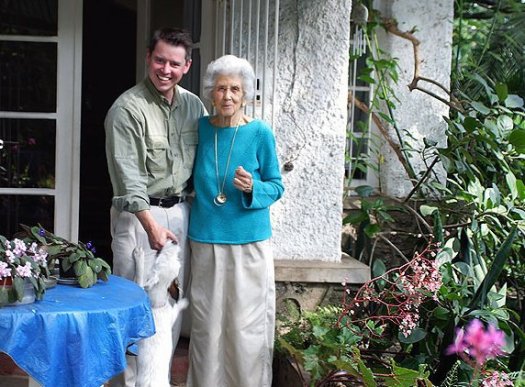Join me as I research new paintings in such spectacular African wildlife destinations as Kenya’s Masai Mara National Reserve, Rwanda’s Parc National des Volcans, and Tanzania’s Serengeti National Park– then follow me back to my studio in the USA where, step by step, I’ll bring the paintings to life. Thanks for visiting my website! — Charles Alexander
Atop Lookout Hill, Masai Mara National Reserve, Kenya
 Although gathering photographic reference–especially of animals in motion– is of paramount concern while on safari, the chance to sit and sketch offers multiple rewards. Doing so forces me to slow down, encourages me to become more attuned to my surroundings, and, most importantly, helps me to identify interesting shapes, patterns, and motifs everywhere around me. A single sketch completed in the field is indelible– much like writing something down is an aid to memory. I treasure the opportunity to field sketch in Africa, particularly in the Masai Mara in Kenya. The Mara is a combination of very seductive elements– wide-open landscapes, the migration crossings at the Mara River, the abundance of big cats–that make it an incomparable field of exploration for the artist.
Although gathering photographic reference–especially of animals in motion– is of paramount concern while on safari, the chance to sit and sketch offers multiple rewards. Doing so forces me to slow down, encourages me to become more attuned to my surroundings, and, most importantly, helps me to identify interesting shapes, patterns, and motifs everywhere around me. A single sketch completed in the field is indelible– much like writing something down is an aid to memory. I treasure the opportunity to field sketch in Africa, particularly in the Masai Mara in Kenya. The Mara is a combination of very seductive elements– wide-open landscapes, the migration crossings at the Mara River, the abundance of big cats–that make it an incomparable field of exploration for the artist.
Sketching in the wild: this is uhuru, this is freedom. Just to sit and be still long enough to allow the senses–especially the eye– to awaken…this is when you begin to notice the miniature worlds underfoot, the brown lark in the grass, the textures of ancient rock, the subtle shadings of the atmosphere on a clear and brilliant day…
About the Artist
 Though I have traveled many places, the foundation of my life as an artist rests firmly on my field work in East Africa. This is the landscape of my childhood dreams come to life– and a place where the sheer variety and abundance of living things is beyond even a child’s imagination. Experiencing this place first hand has brought my life full circle.
Though I have traveled many places, the foundation of my life as an artist rests firmly on my field work in East Africa. This is the landscape of my childhood dreams come to life– and a place where the sheer variety and abundance of living things is beyond even a child’s imagination. Experiencing this place first hand has brought my life full circle.
I am currently in the process of creating new works based upon my field work in Rwanda, Tanzania, and Kenya. Subjects of these new poems, essays, and paintings include the region’s profound landscapes and amazing wildlife dramas–hyenas hunting flamingos, jackals fighting vultures, a mother cheetah teaching her young ones to kill, mountain gorilla families, the chaos of the migration river crossings– to name just a few.
Please keep checking back as new work is added to my site.
Wild Ostrich Nest, Masai Mara, Kenya
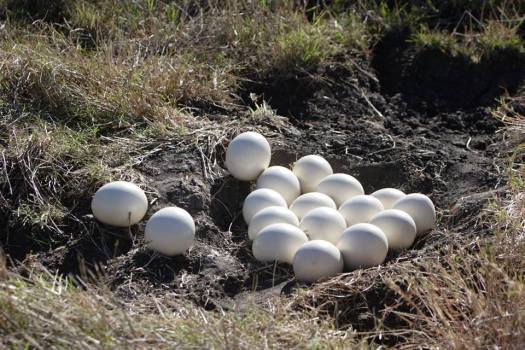
Ostriches nest communally, one cock bird to several hens. Once a clutch is laid, the dominant female incubates the eggs during the day. This lead hen will expel the eggs of weaker females that do not fit within the nest scrape. Her eggs are also at the center, making them less vulnerable to predation. The male sits at night, his black color making him undetectable in the darkness. I’ll share a look at the male brooding this nest in a future post.
Sneak Peek of Mara Hyena Concept

A difficult morning for a golden nomad– and a glimpse of the sniggering rogue’s gallery that stormed his solitary kill. Each hyena is a unique character in its own right, with one ratty old fellow (wait for the painting) confronting the lion with a wildebeest foreleg poking out of his mouth like a jaunty cigar.
Working On New Serengeti Lion Painting: Primal Echo
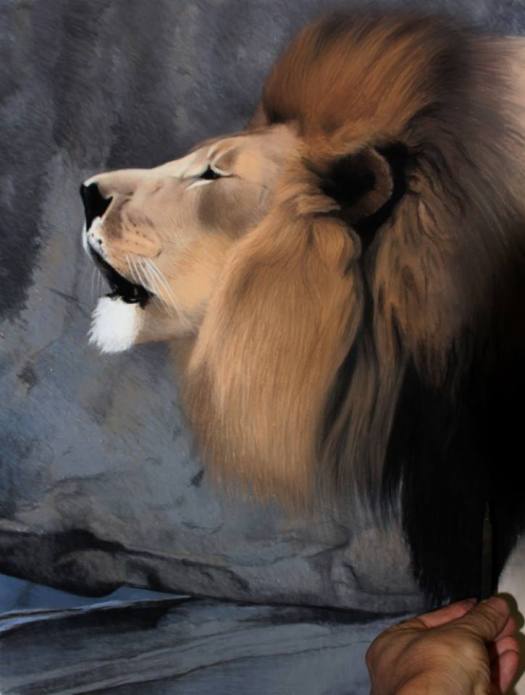 A preview detail from my new Serengeti lion painting Primal Echo. The total composition also includes the cat’s forelegs and follows the sinuous lines of his back and belly out of the painting as he strides forward from his kopje resting place to answer an unseen challenge. I’ve applied the first layer of pastel to the background and to the lion’s head and ruff– and will proceed from left to right, building the picture layer by layer. Many more refinements to come as work continues…
A preview detail from my new Serengeti lion painting Primal Echo. The total composition also includes the cat’s forelegs and follows the sinuous lines of his back and belly out of the painting as he strides forward from his kopje resting place to answer an unseen challenge. I’ve applied the first layer of pastel to the background and to the lion’s head and ruff– and will proceed from left to right, building the picture layer by layer. Many more refinements to come as work continues…
Sketching wildebeest bones, Masai Mara, Kenya
 Sketching on the windswept Masai Mara plains has been an absorbing challenge. I am fascinated by the various stages– or taphonomy–of decay and decomposition of animal bones and carcasses on the plain (and how they sometimes by chance become fossilized).
Sketching on the windswept Masai Mara plains has been an absorbing challenge. I am fascinated by the various stages– or taphonomy–of decay and decomposition of animal bones and carcasses on the plain (and how they sometimes by chance become fossilized).  Bleaching bones are an integral, everyday part of the landscape here in the Mara, telling stories of lives lost and of life carrying on in one of the most magnificent places on earth. The hunt, the kill, feasting predators, lively scavengers, and finally lonely bones left to tell the tale: all stages of this process of life, death, and renewal are endlessly fascinating to observe.
Bleaching bones are an integral, everyday part of the landscape here in the Mara, telling stories of lives lost and of life carrying on in one of the most magnificent places on earth. The hunt, the kill, feasting predators, lively scavengers, and finally lonely bones left to tell the tale: all stages of this process of life, death, and renewal are endlessly fascinating to observe.
New Migration Crossing Composition: Underdrawing
A look at the underdrawing on canvas of my new migration crossing composition, scaled up from my smaller working drawing. 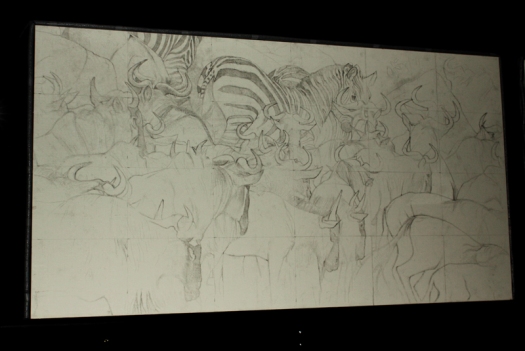 The concept is “order within chaos”: depicting the crush of bodies, the atmosphere of dust, and the repeating motifs encountered at water’s edge at a Great Migration Mara River crossing…
The concept is “order within chaos”: depicting the crush of bodies, the atmosphere of dust, and the repeating motifs encountered at water’s edge at a Great Migration Mara River crossing…
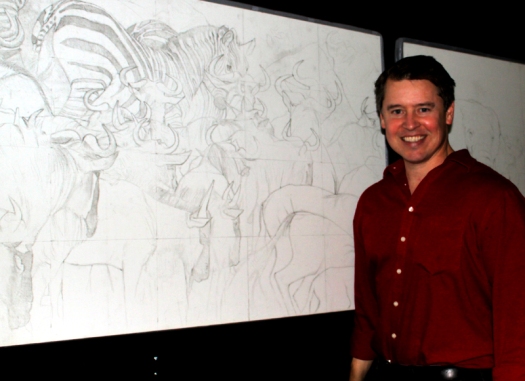 You can get a more accurate sense of scale when I stand next to it. This piece measures 32 x 60″, linen mounted on panel (one of 14 such works currently in the studio). Now to begin the color ebauche underpainting: a thin wash of the basic color palette that I will use for the opaque layers of the painting…
You can get a more accurate sense of scale when I stand next to it. This piece measures 32 x 60″, linen mounted on panel (one of 14 such works currently in the studio). Now to begin the color ebauche underpainting: a thin wash of the basic color palette that I will use for the opaque layers of the painting…
Rosamond Carr: Love and Courage In The Heart of Africa
With Rosamond Carr at her home at Gisenyi, Rwanda, not far from the Congolese border on the shore of Lake Kivu.
Rosamond Carr first arrived in Rwanda in 1949– and soon fell in love with the land and its people. Her memoir Land of a Thousand Hills: My Life In Rwanda is essential reading for those interested in this part of Africa. A friend to Dian Fossey, Mrs. Carr was portrayed by the actress Julie Harris in the film Gorillas In The Mist. Shortly after the 1994 genocide in Rwanda–and at the age of 82- she founded the Imbabazi Orphanage at Mugongo Plantation, which has subsequently saved hundreds of Rwandan children from a life on the streets. The orphanage was temporarily relocated to Gisenyi following continued political instability in the wake of the horrors of 1994, but was moved back to Mugongo in late 2005.
Mrs. Carr was 93 years old when this photo was taken in October 2005. She passed away close to a year later in September 2006 and was buried at her beloved Mugongo. She was without a doubt one of the most fascinating, loving, and courageous people that I have ever met. RIP, Mrs. Carr– you made a difference in the world and touched countless lives. You are missed, but will never be forgotten.
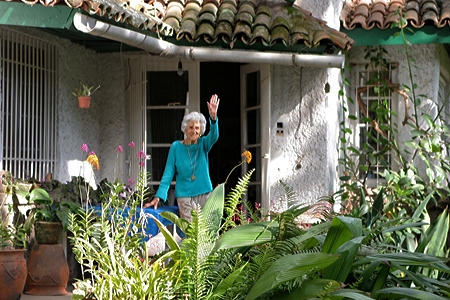 “Rwanda is my home, and it is here that I intend to spend the rest of my days. Its beauty is my inspiration. Its struggles have been my struggles. Its grief has been my deepest sorrow. Its people are my strength, and its children are my greatest joy.”
“Rwanda is my home, and it is here that I intend to spend the rest of my days. Its beauty is my inspiration. Its struggles have been my struggles. Its grief has been my deepest sorrow. Its people are my strength, and its children are my greatest joy.”
~ Excerpt from Land of a Thousand Hills
Memorial to Michael and Bernhard Grzimek, Ngorongoro Conservation Area, Tanzania
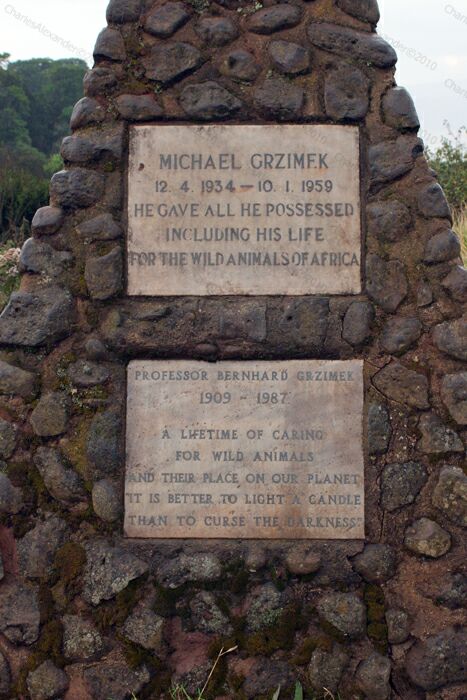
In 1957 Bernhard Grizmek, director of the Frankfurt Zoo, traveled to East Africa with his son Michael to conduct aerial surveys of the Serengeti, particularly of the wildebeest migration, in order to determine boundaries for the newly-established national park. Michael was killed in 1959 when the Grzimek’s zebra-striped Dornier aircraft crashed after colliding with a griffon vulture. The elder Grzimek died in 1987 and was buried per his request at his son’s resting place on the rim of the Ngorongoro Crater, one of the most beautiful spots on earth. Learn more about the Grzimek’s pioneering conservation efforts at the Serengeti National Park’s official site: http://www.serengeti.org/p_grzimek_m.html
